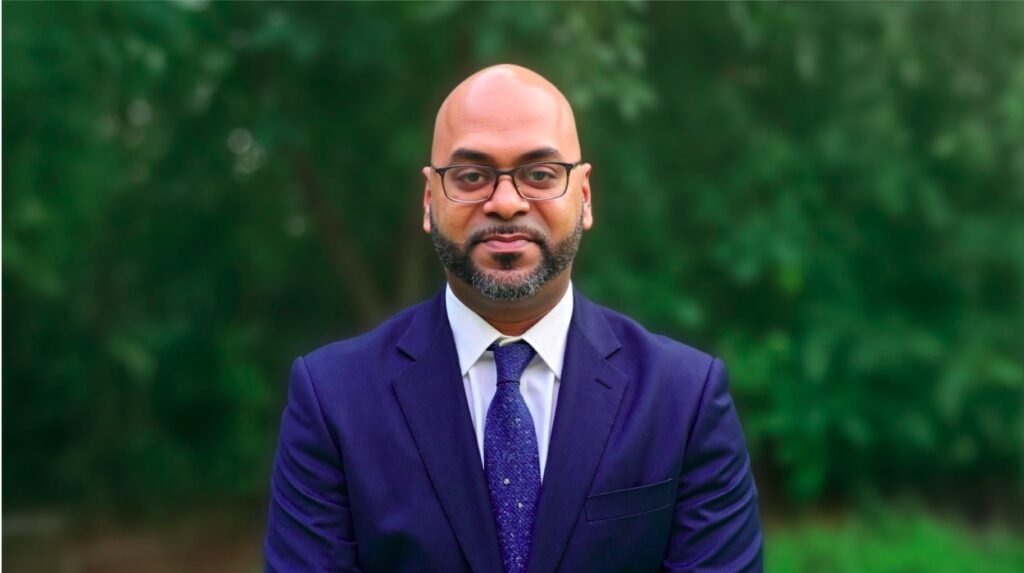For years, businesses have relied on document management systems and e-signature tools that were groundbreaking in the early 2000s but have barely evolved since. Many of these platforms were built on technology developed more than a decade ago, with companies layering new interfaces on top of outdated architecture. The result is a digital security façade that looks modern but remains fundamentally fragile.
Chris D. Sham, CTO of faceEsign, has been vocal about the gap between modern threats and legacy defenses. “The biggest problem is that current e-signature tools verify documents, not people,” Sham says. “They can confirm that a form was filled out, but they cannot prove who was behind the screen or whether that person truly intended to sign.” In an environment where AI-powered fraud can convincingly imitate a face or voice for under $20, that gap is not just a weakness. It is an open invitation.
Why Traditional Verification Falls Short
Despite billions spent on identity and access management, the foundation of digital security still leans heavily on static credentials such as passwords, email addresses and SMS-based two-factor authentication. These can all be intercepted, spoofed or replaced by synthetic identities. The same weaknesses plague document verification.
PDFs, clickwrap agreements and even mainstream e-signature platforms offer convenience, but they do not capture proof of presence, intent or liveness at the moment of signing. Without this proof, disputes are inevitable, particularly in high-value sectors like fintech, crypto or legal services. “The tech stack behind most of these systems is static. It has not meaningfully improved in 10 or 15 years. Companies have been patching the old framework instead of replacing it with something built for today’s risks.”
Turning Documents into Living Events
That is where Sham and his team at faceEsign introduce a different paradigm. Their patented BioConsent™ technology transforms signing from a static event into a verifiable moment in time. Instead of simply logging that a document was accessed and a checkbox was clicked, BioConsent™ captures a live recording, both video and audio, of the person as they sign. This is combined with facial recognition, liveness detection and other biometric markers, creating an auditable record that is virtually impossible to fake. The system integrates through API into existing workflows, making it adaptable for compliance-heavy industries. “You are getting a record showing exactly who signed it, in real time, backed by an irrefutable audit trail.”
Building a New Standard for Digital Trust
Sham’s vision extends beyond stopping fraud. It is about reshaping the foundation of trust in digital transactions. By binding identity and intent together in a way that is audit-ready and legally defensible, faceEsign is setting a higher standard for what documentation can and should deliver in a digital-first economy. It is a shift that many industries will need to embrace sooner rather than later. “Documents are no longer the final word. In an age where seeing is no longer believing, proof of who, when and how matters more than the signature itself.”
To learn more about Chris D. Sham’s work and faceEsign’s BioConsent™ technology, connect with him on LinkedIn or visit his website.


